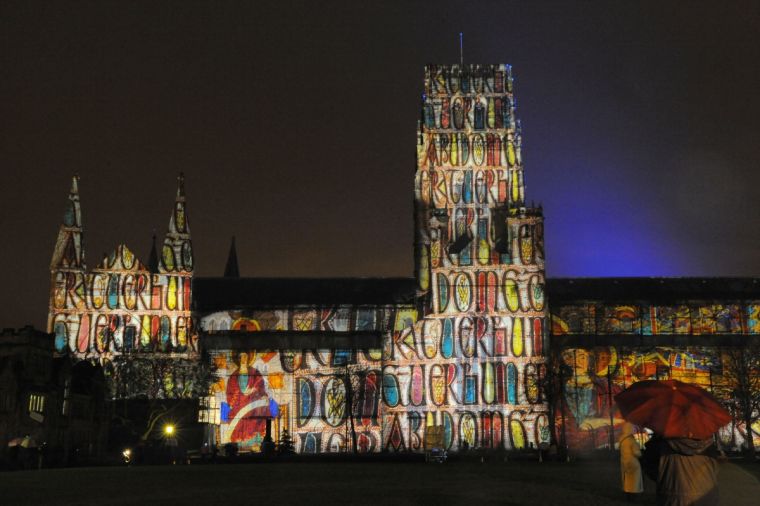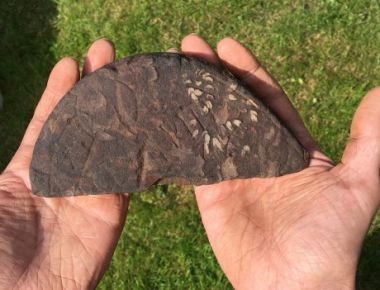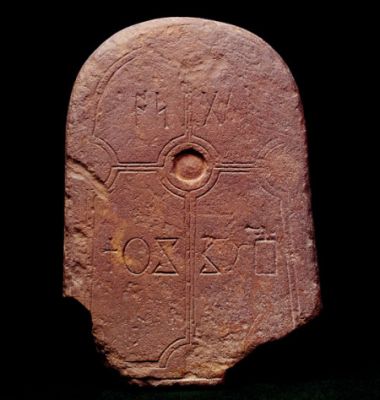Archaeologists dig up Christian grave marker that pinpoints site of first Lindisfarne monastery

A crowd-funded archaeology dig has uncovered evidence of the lost medieval monastery where the Lindisfarne Gospels were written.
The exact location of the Anglo-Saxon monastery on Lindisfarne has remained a mystery ever since it was destroyed by the Vikings, according to DigVentures, who raised £25,000 through crowdfunding to finance the dig.

A rare grave marker dug up in "Trench 2" in "Sanctuary Close" of the dig has turned up an Anglo-Saxon burial marker, commonly known as a name stone and dating from the mid seventh to eighth century, the period of Lindisfarne's first monastery.
The first monastery on Lindisfarne, a tidal island off the north-east coast of England, was ransaked by the Vikings just a century after it was founded by King Oswald in 635 CE.
It was rebuilt, but the original site has never been uncovered.
The stone is of a style of grave marker found on Lindisfarne and also near Hartlepool, the archaeologists say. Just 13 have been found previously on the island.
"Intricately carved with parts of a cross and an inscription, the cross terminals end in small simple circles with a very elegant 'B' and possible 'A' clearly visible on either side of the top arm of the cross. Below these a name that looks to end in 'FRITH', a common element of Anglo-Saxon names, has been carved. The sunken central cavity between the cross-arms might possibly have held a relic or a jewel. In its complete form it would have been more or less oblong in shape, standing a foot or so above the ground," the archaeologists report in their dig diary.

"The stone's presence amongst the rubble structures and human burials strongly suggests that we've found part of the monastic complex we've been looking for," they add.
The famous gospels are believed to have been written by a monk, Eadfrith, later Bishop of Lindisfarne, who used an intricate and beautiful combination of Celtic, Mediterranean and Anglo-Saxon designs.
The monks left after the Viking raid, taking the gospels with them. They are currently in the British Library.
Lindisfarne, also known as Holy Island, is designated an Area of Outstanding Natural Beauty and is popular with tourists and pilgrims.
According to Dr David Petts, of Durham University, who is the academic lead on the dig, the find is "stunning" and is "unimpeachable" evidence for Anglo-Saxon activity.











